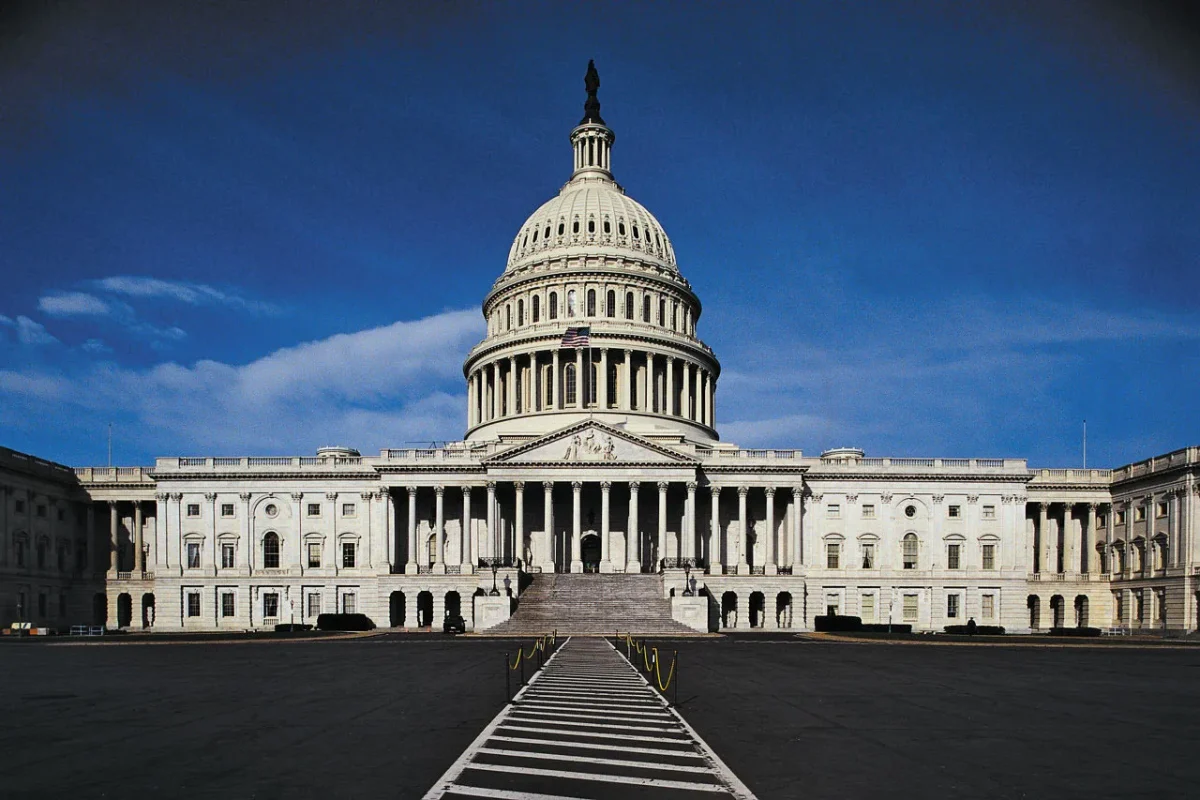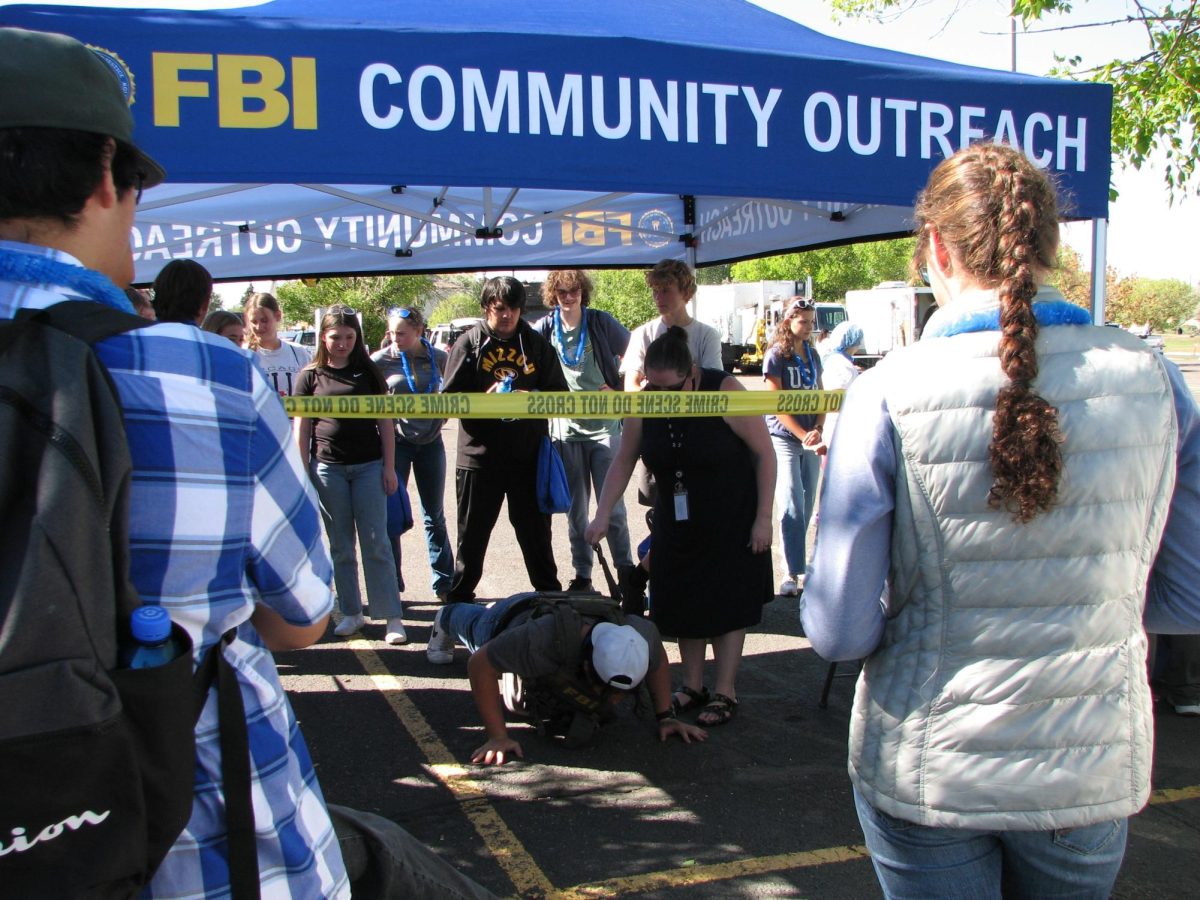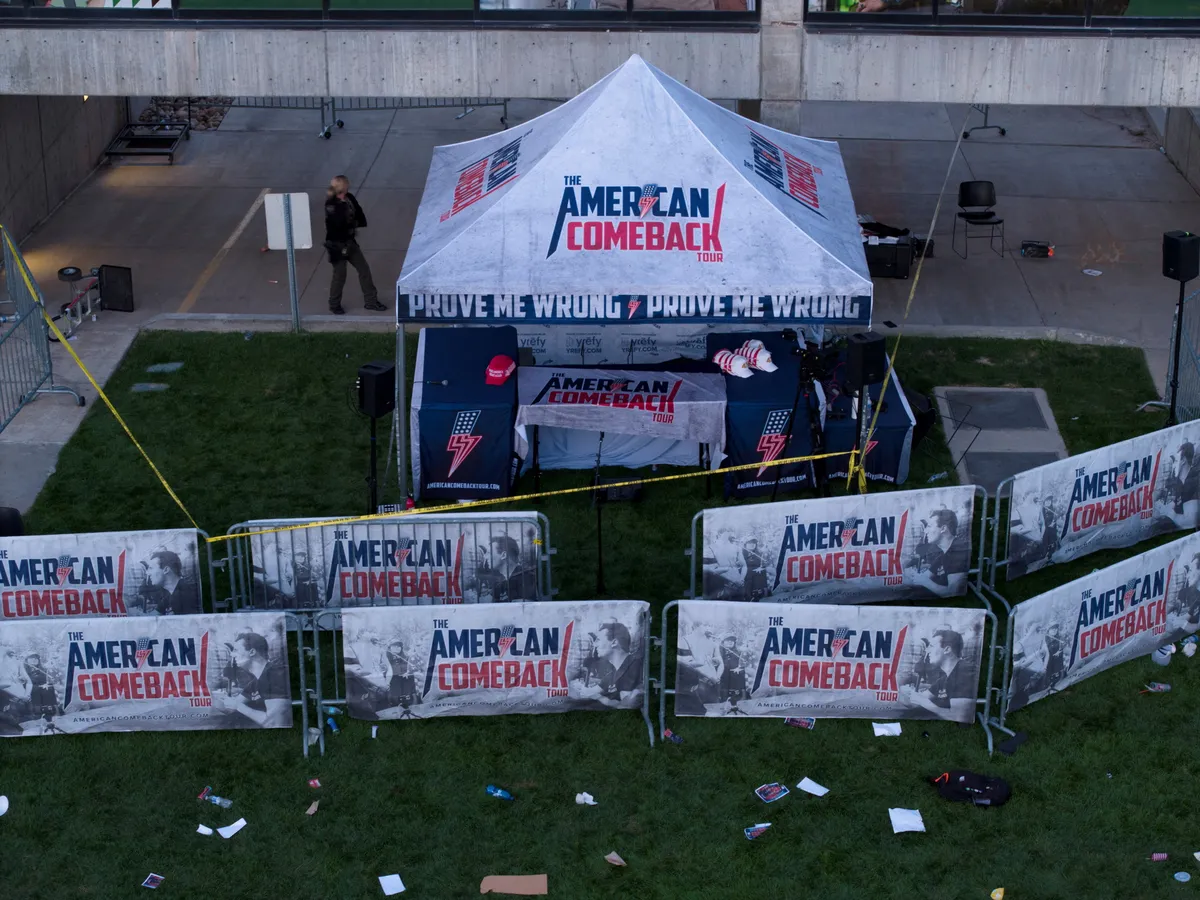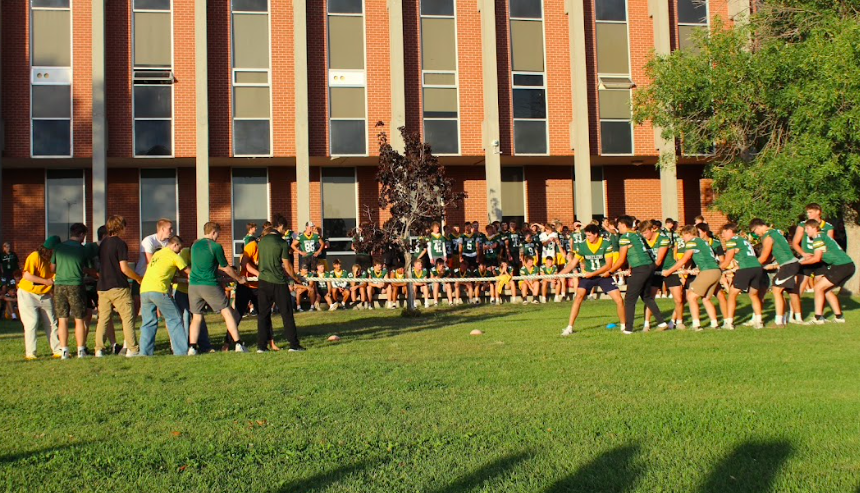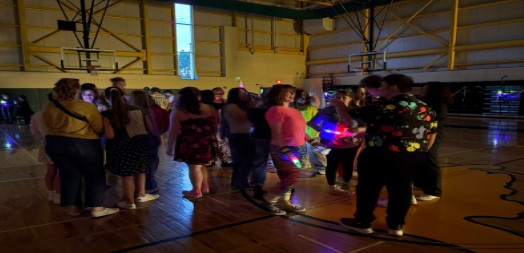Budget cuts are coming to the Great Falls school district.
Each year, school administrators face the challenge of making cuts while maintaining a quality educational environment. CMR Principal Dick Kloppel is no stranger to such challenges.
Kloppel has been in the Great Falls school district for 42 years, and has faced budget cuts every single one of those years.
“Every year we’ve had to reduce,” Kloppel said. “It’s not fun.”
The school district budget is $1.8 million short, but the district decided not to ask voters for a mill levy because of the political ramifications of the mill levy failure last May. That means that administrators across the district are struggling with the difficult decisions that come with budget cuts.
“There are a lot of pieces to the budget shortfall,” Kloppel said.
A key issue in the budget is enrollment. The school district receives approximately $6000 from the state for every student enrolled. When enrollment decreases, the district receives less money from the state. Enrollment in Great Falls has been decreasing in past years. In 1972 there were 21,000 students district-wide but in 2012 that number had decreased to 10,600.
The school district also receives federal money for students who live on Malmstrom Air Force Base because the district does not receive property tax from houses on base. This federal money amounts to about $1.5 million annually.
“It’s part of the funding equation,” Kloppel said.
After everything in the funding budget has been examined, budgets for the following year are considered. Originally, it looked like 30 teachers would be cut from the three high schools in the district, but after looking at retirements and teachers leaving the district, that number has been reduced to eight.
After determining how much needs to be cut, Kloppel said that the administration tries to make cuts based on three parameters: what students need, what the building can hold, and teacher preferences.
After looking at retirements and teachers leaving the district, administrators determine if retirees need to be replaced. Retirees who do not need to be replaced means it’s easier for other teachers to keep their jobs.
After that, “We look at other things we can reduce,” Kloppel said.
This can include anything from sports teams sharing buses to reducing teacher compensation for helping with extracurricular activities.
“When things have to go, we have to reduce,” Kloppel said.
This year, such reductions do not include letting any teachers go, but the reductions will still affect students.
Class sizes will become larger, Kloppel said. AP classes were previously capped at 18 students, but this number will no longer apply. And if only eight or nine students sign up for a class, the class probably won’t be offered.
“We try to offer the program for students yet try to stay in the budget,” Kloppel said. “There may be some classes that are offered this year that are not offered next year. We are operating within finite parameters.”
Despite rumors to the contrary, Kloppel said he is hoping that stagecraft will continue despite the retirement of Tom Spencer.
“I believe very strongly that our performing arts departments serve a very important need in high school,” Kloppel said.
Although some cuts are inevitable, Kloppel thinks that students still need to stay involved.
“It [is] really important that students [are] thinking seriously about the classes they [are] taking,” Kloppel said. “Students need to be thinking down the road.”

